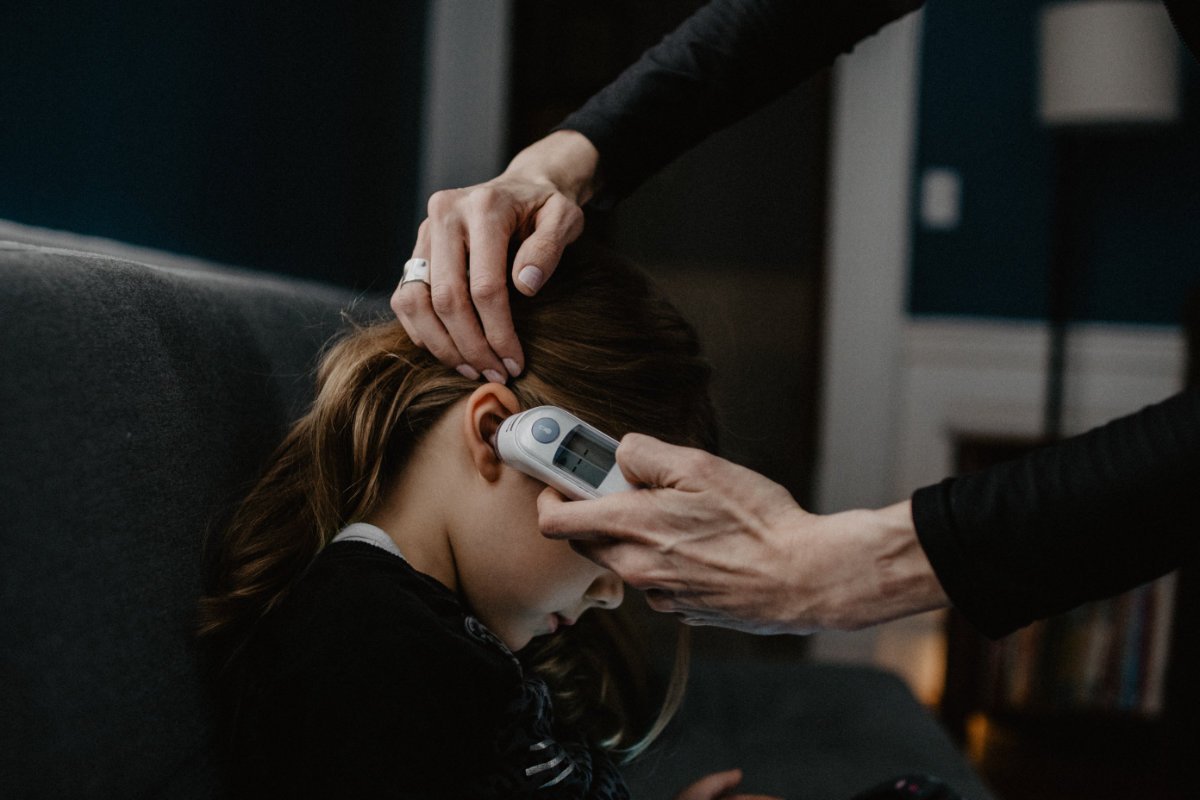When I got Long Covid in March 2020. I was 38 and healthy. If you are anything like I was then, it is hard to understand how bad Long Covid is. I think that we all have an instinct to just… look away. But, please, it is important that you look.
My own low-points: early on, I collapsed, shaking, and was taken to A&E in an ambulance. A year later, I did not have the energy to leave the house. Formerly, I was a marathon runner, but I brought on a bad relapse with a 700m walk. Many people have it much, much, worse.
Long Covid feels like a hex. Your body and brain are wrong, in different ways on different days, unpredictable and unsettling. On the good days, you doubt yourself; on the bad, you doubt everything. The illness is capricious, boundless, wicked.
Symptoms are interlinked. Clearly my worst cluster is neuropsychiatric, including co-occurring headache, dizziness, insomnia and anxiety, alongside brain fog.
The name “brain fog” doesn’t do justice to the experience. Practically, it means that you can’t think right. It turns out that thinking is pretty core to meaningful existence! At my worst, over several minutes, I couldn’t work out a seatbelt.
Brain fog is a bit like being extremely sleep-deprived—remember, sleep deprivation is literally a technique of torture—but you can’t sleep off brain fog. It feels like being lost in a fog, sensing dark shapes shifting around you, losing yourself.
“Fatigue” similarly does no justice to the experience. Fatigue means there is less of you. You are less. You can’t, just can’t, get out of bed. This is not psychological (although fatigue may cause depression!). Your body, physically, does not have the energy.
More precisely, maybe you could get out of bed, but the cost to your health if you did would be horrific. Pushing beyond your limits is a sure-fire way to make all symptoms much worse, maybe even to bring on new ones. You may not realise your mistake for a day or so.
But there are so many other symptoms! I have had ongoing gastrointestinal symptoms; at one point, diarrhoea more than twenty times per day. I also had a sore throat, continuously, for a year and a half, during which time my voice sounded hollow, weak.
Then some weird symptoms. For six months, my eyesight got progressively worse; then, it got better. A dull ache halfway up my left arm, always happening at exactly the same time as a sharp, stabbing pain in my Adam’s apple.
Now, I am doing a lot better. I have not had any real symptoms for six weeks. What does that mean? Well, for me, it means the world. It feels like a miracle. However, otherwise, it means nothing. Doesn’t mean you can ignore Long Covid.
I continue to write about Long Covid, not because I’m trying to milk sympathy (I’m doing well, honestly), but because there are so many people still sick, and many more getting sick, many much more sick than I was.
In the UK alone, [at the time of writing – Oct 2021] according to the Office of National Statistics:
- 1.1 million people have had symptoms for over 4 weeks,
- 831,000 for over 12 weeks,
- 405,000 for over a year.
- 211,000 have had their day-to-day activities “limited a lot”.
That number has risen since Omicron struck:
And Long Covid seems eerily-similar to another virally-induced illness, myalgic encephalomyelitis, also called chronic fatigue syndrome (ME/CFS). 17-24 million globally suffer from ME/CFS, many have suffered for decades, many without getting better.
Worst of all, ME/CFS research has been shamefully underfunded, treatment is usually more harmful than helpful, and the suffering have been ignored. This has to stop. Don’t look away. This is important.
Originally tweeted by Michael A Osborne (@maosbot) on 19/10/2021 with updated data. Please follow Michael and share your story with us and with him.
You can seek help and support here : https://www.longcovid.org/
Further reading:








